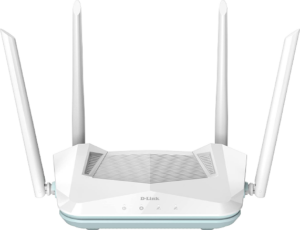The D-Link R15 Eagle Pro AI router may be comparatively cheap and small, but it has surprisingly powerful performance.
D-Link R15 Eagle Pro AI router review
The D-Link R15 Eagle Pro AI router proves that big performance can come in small packages. Even better, it doesn’t have to cost a lot.
In an age when smart routers are seemingly getting bigger, D-Link goes back to basics, cramming plenty of power into a tidy and easily expandable package with the R15 Eagle Pro AI.
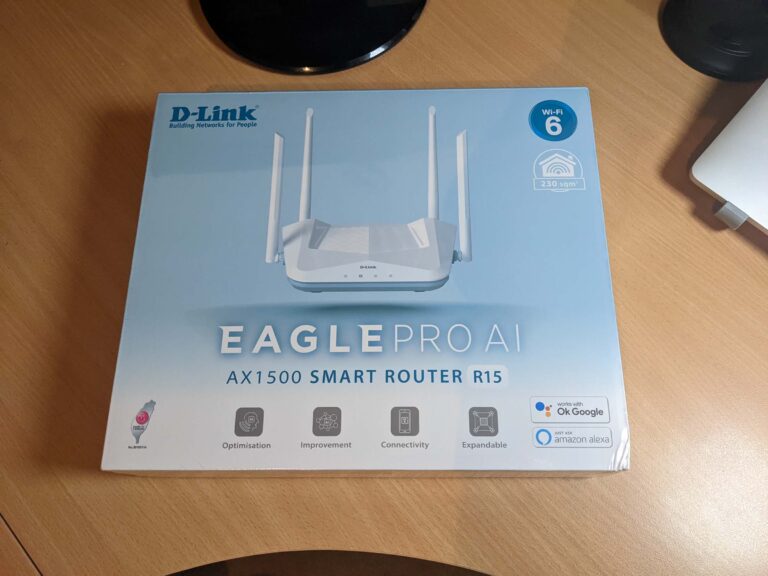
D-Link R15 Eagle Pro AI router value for money
The absolute cheapest WiFi 6 routers start at around the $150 mark, and the D-Link R15 Eagle Pro AI router isn’t much pricier with a $199RRP.
At the time of review, though, Amazon was selling this router for around $100, which is killer value for the D-Link R15. For context, other WiFi 6 routers we’ve reviewed cost double the RRP and, for everyday users, don’t really have the extra oomph to justify the cost over the D-Link R15.
D-Link R15 Eagle Pro AI router setup and configuration
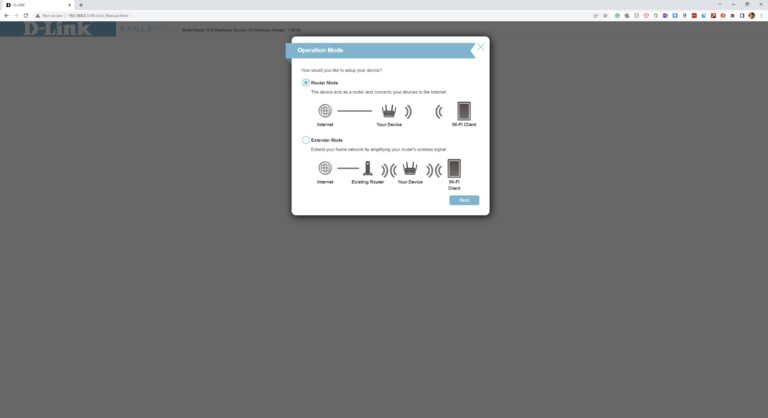
The D-Link R15 Eagle Pro AI router is a fantastic router for everyday use. Its four external antennas are already attached, so all you need to do is connect power and the included Ethernet cable. That Ethernet cable doesn’t have the best connectors, though, so you may have to fiddle a bit to get it to click into place. There’s also a quick-installation guide in the box, but I had mixed results following it.
D-Link encourages you to connect the R15 to a wall outlet and your modem, then to power it on. From here, the quick-installation guide branches off. Option one is to use the D-Link Eagle Pro AI app for guided installation (including a handy QR code to take you to the store), and the other is a manual approach via computer web browser.
The catch is the app has different information to those first two steps in the quick-start guide. For starters, those initial hardware connection steps come later in the app guide. Additionally, you’re expected to scan a barcode beneath the D-Link R15, so get the app first if you want to follow those steps. I also advise taking a photo of the barcode because you’ll be asked for the device password listed there later in the installation.
During my setup, Superloop wasn’t listed among the other NBN providers, so I had to select ‘Others’. At the end of the steps, the app wouldn’t accept the device password. Thankfully, jumping over to my browser to continue installation got things unstuck, and the internet was already working despite the D-Link app trying to convince me otherwise.
D-Link is a hardware manufacturer that’s been around for more than 30 years. In terms of consumer technology, D-Link made a name for itself selling home network equipment, including routers, WiFi extenders and mesh WiFi systems. D-Link also sells cameras and smart home gear.
D-Link R15 Eagle Pro AI router speeds and performance
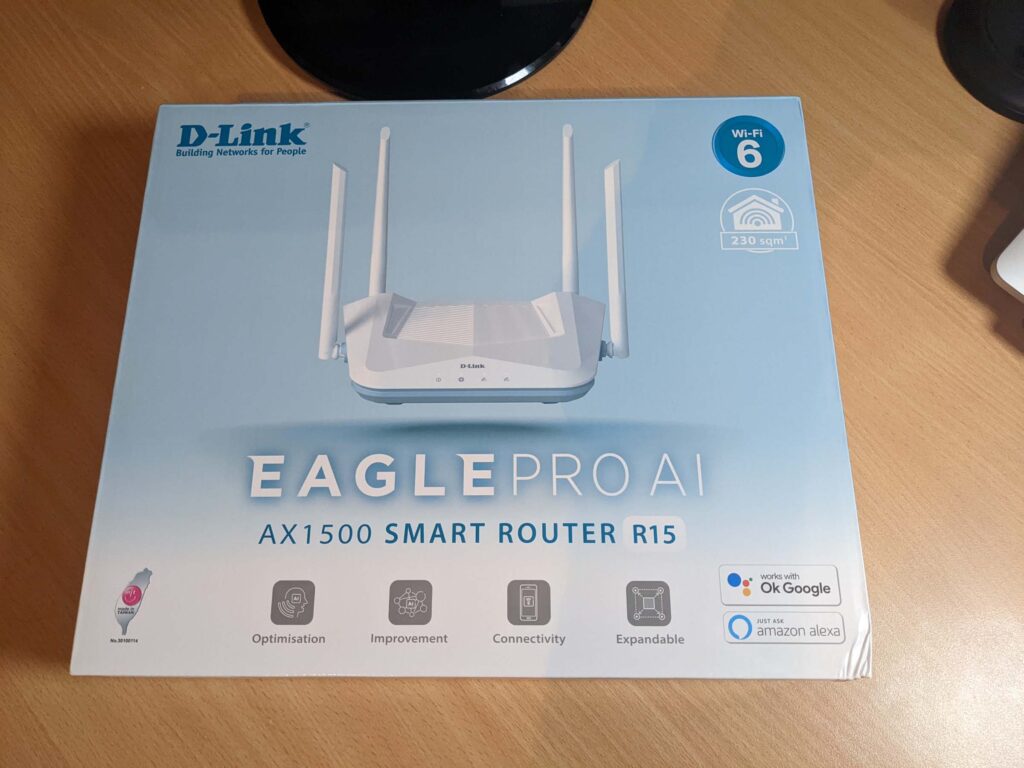
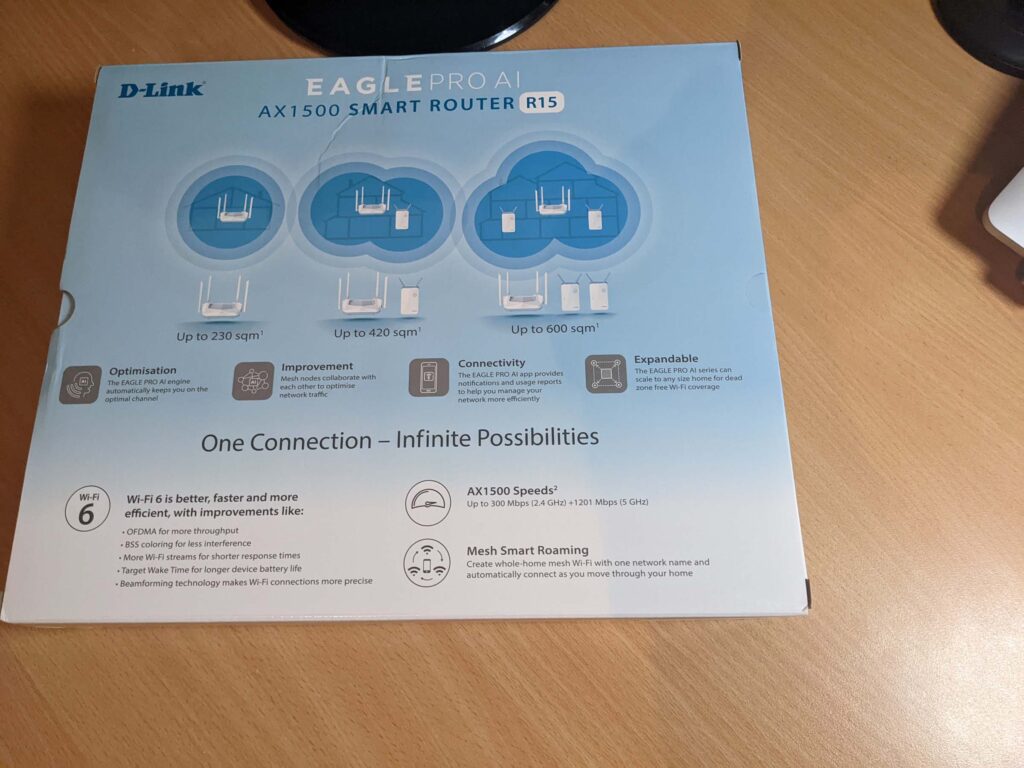
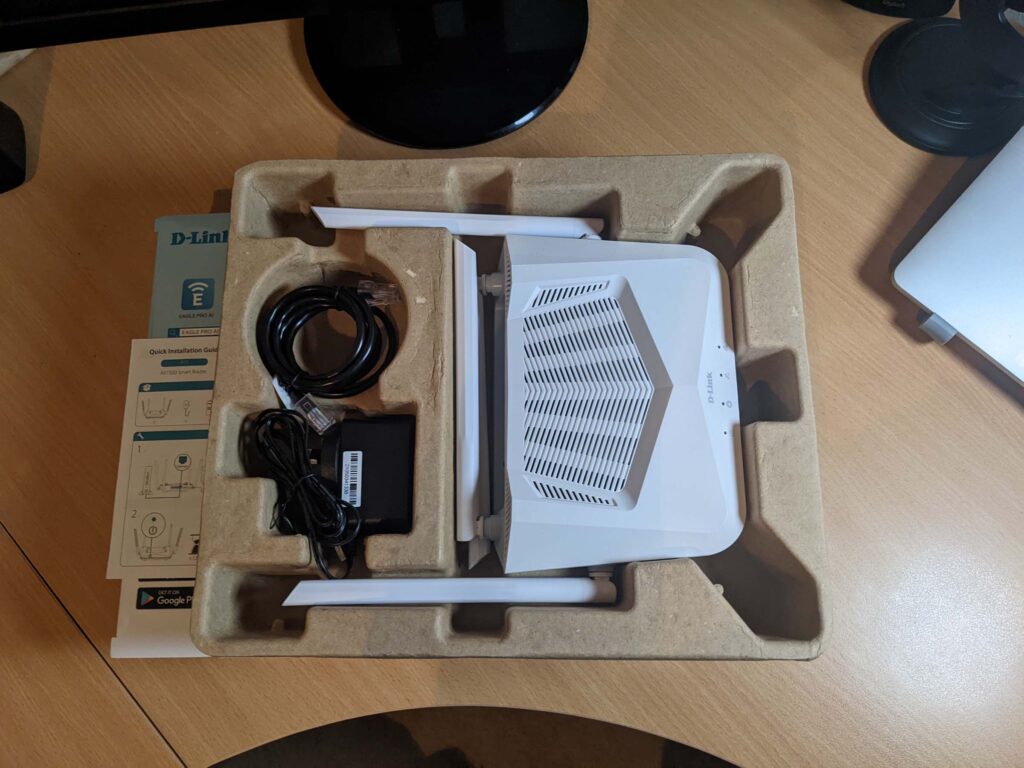
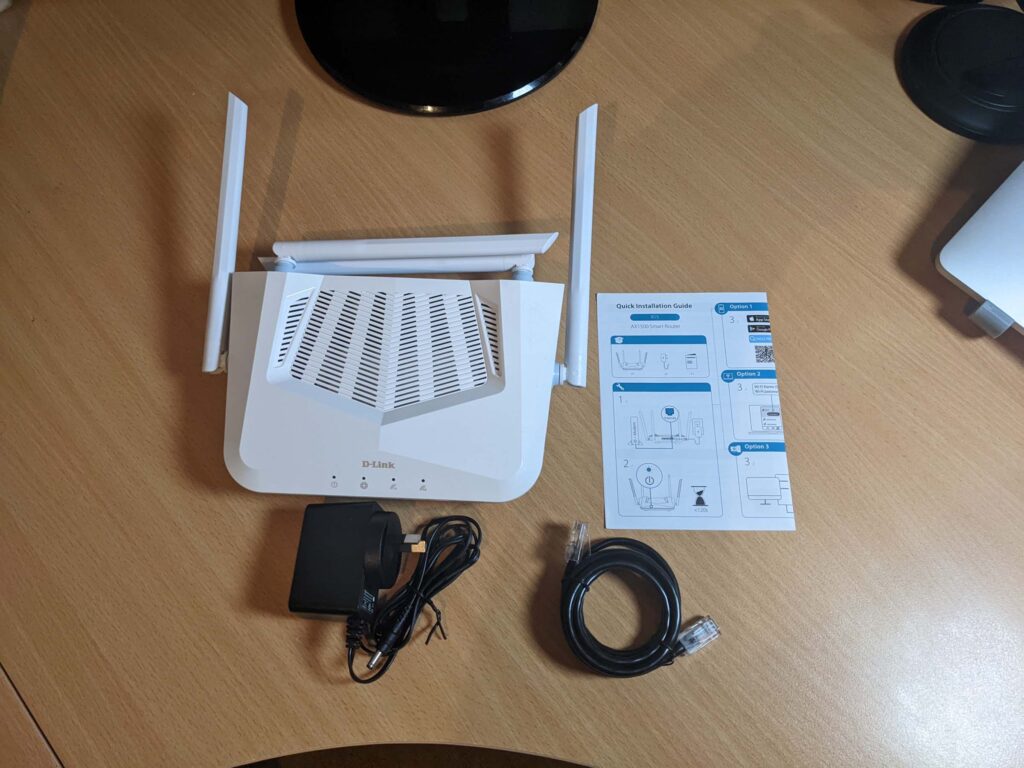
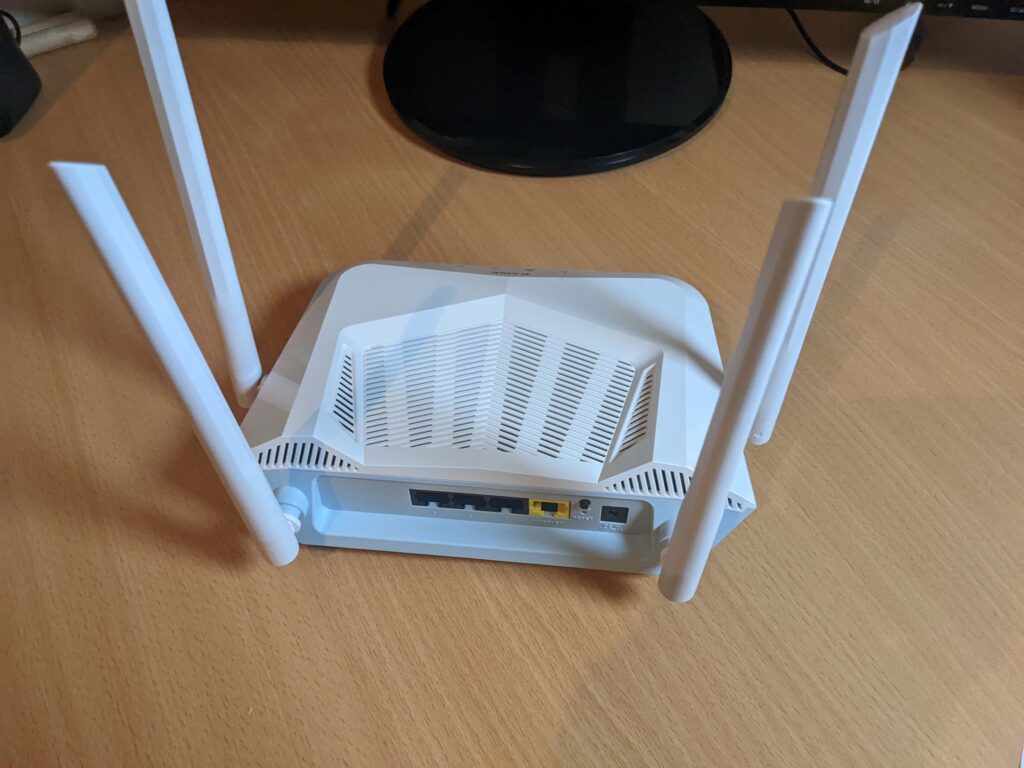
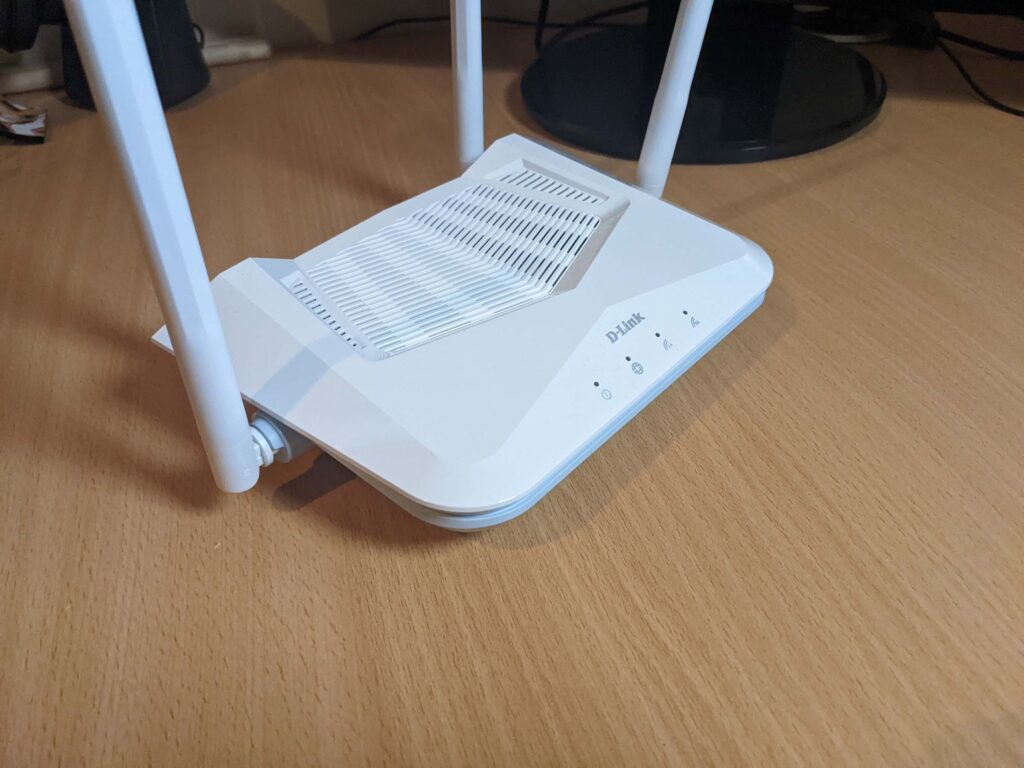
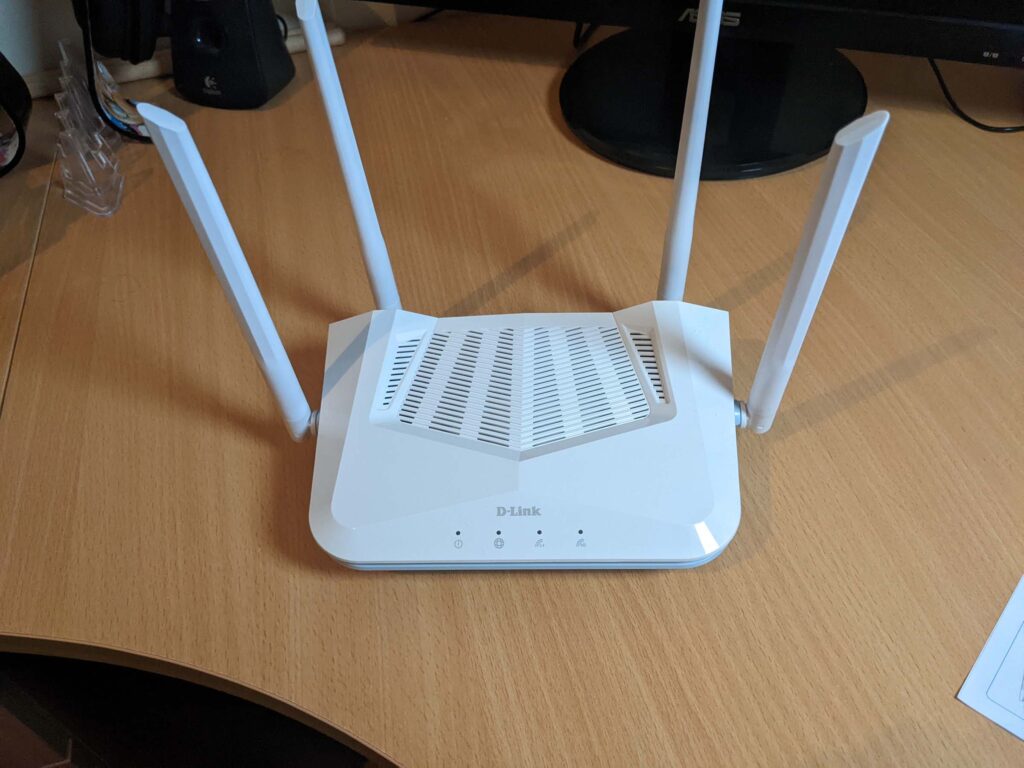
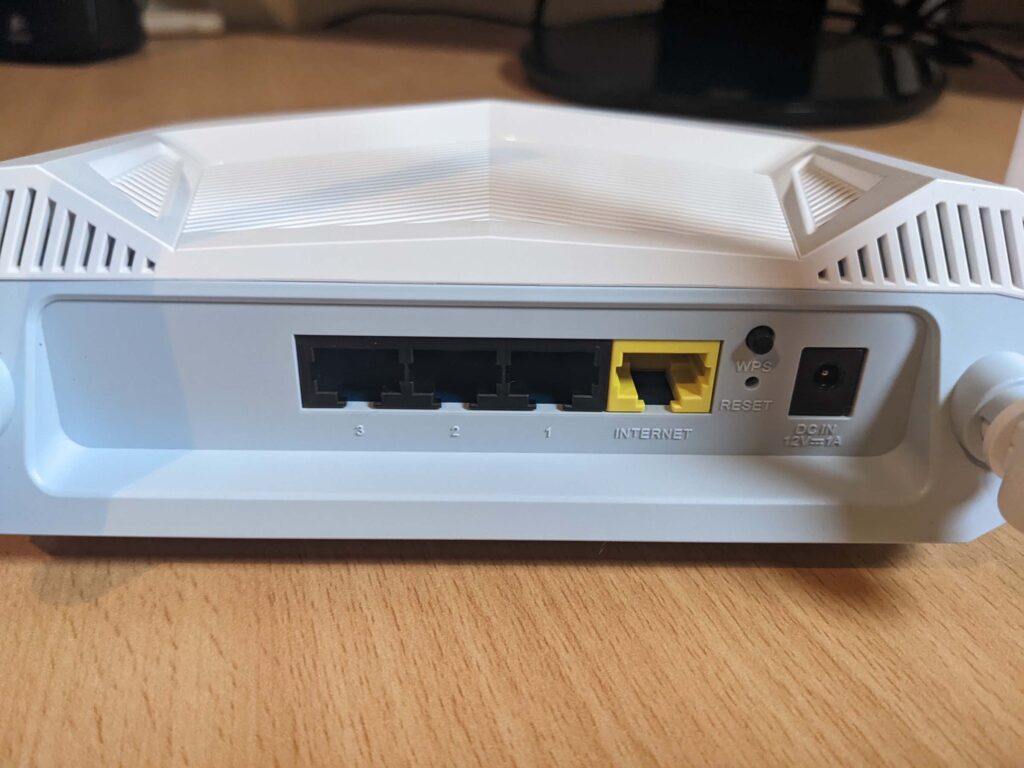
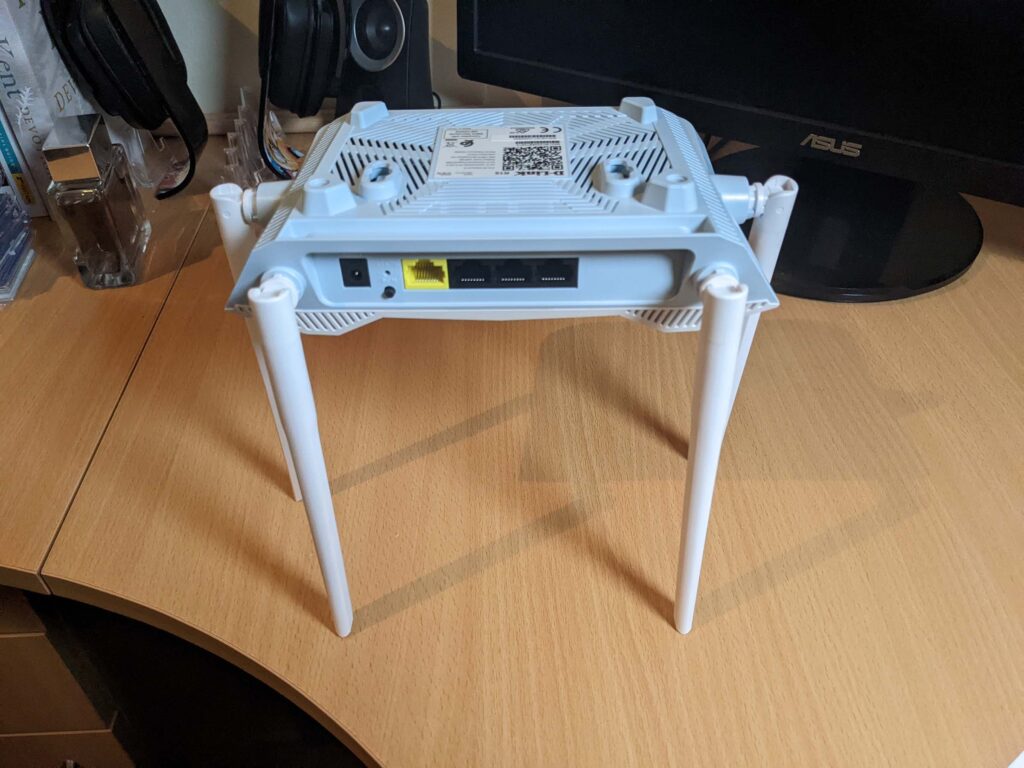
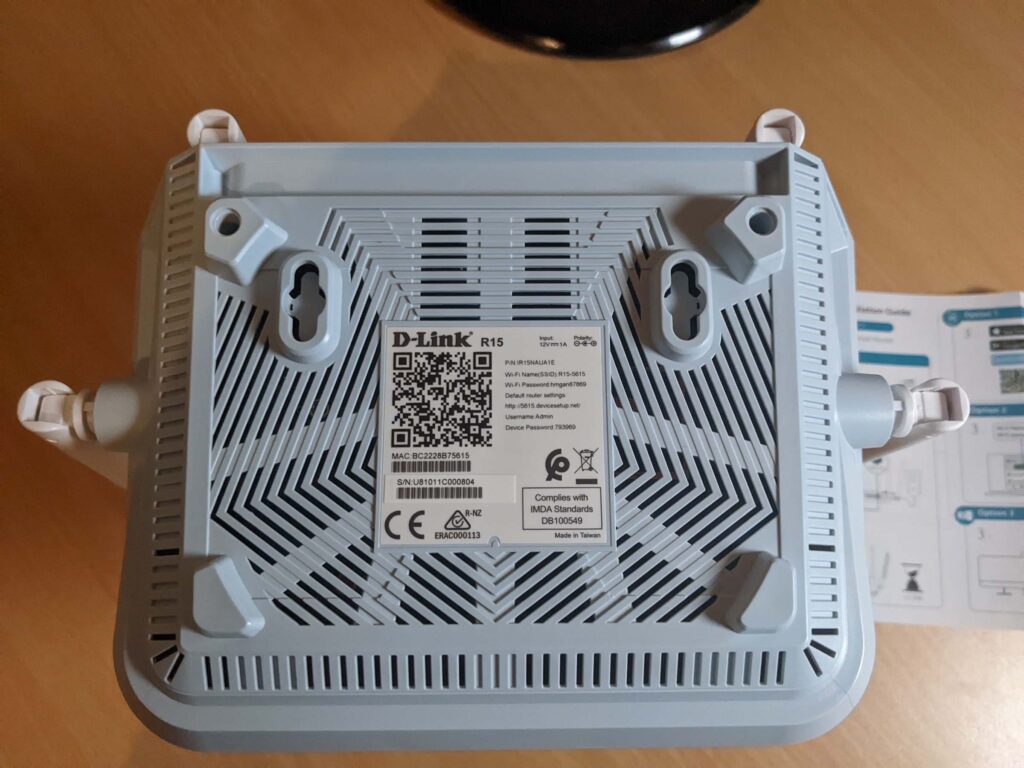
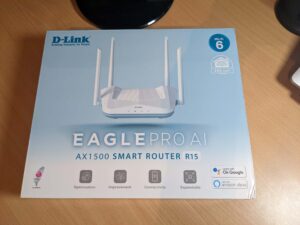
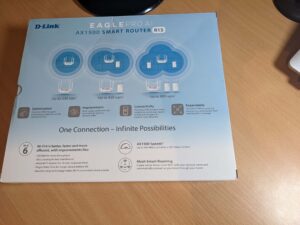
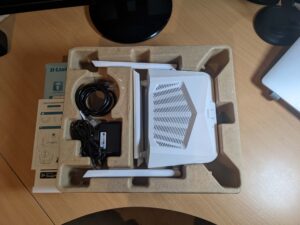
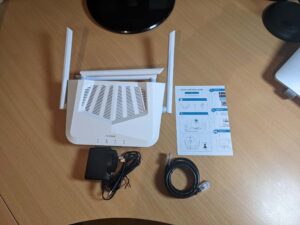
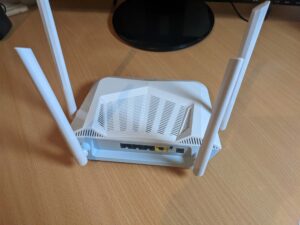
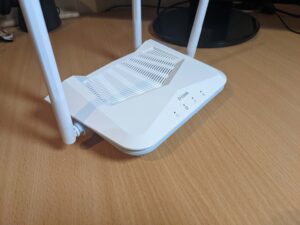
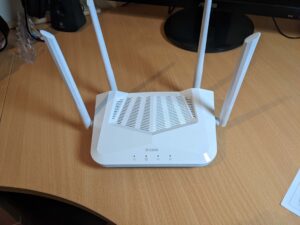
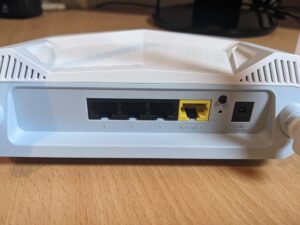
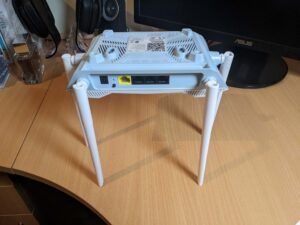
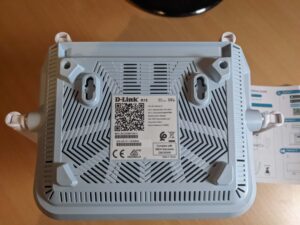
Like its more expensive DIR-5460 sibling, the D-Link R15 Eagle Pro AI router has a welcome mesh-like feature. Instead of having to create separate WiFi network logins for 2.4GHz and 5GHz, the D-Link R15 Eagle Pro AI router combines them into one. This is great for the sake of convenience, but there were times when my test devices would lag when choosing the correct network for the range, sometimes taking up to 20 seconds to switch from 5GHz to 2.4GHz.
In terms of speeds, the D-Link R15 Eagle Pro AI router blew away my expectations. When I first unboxed the R15, I figured it would struggle to keep up with more expensive alternatives like the aforementioned D-Link DIR-5460 and the Synology RT6600ax WiFi6e router. But that wasn’t the case for the most part.
I ran my tests with a Superloop NBN 100/40 Fibre-to-the-Curb (FTTC) connection during the busy evening hours and the D-Link R15 scored the following results. Note that bigger numbers are better for download and upload speeds, but lower numbers are best for latency and the speed differences between Ethernet and WiFi.
For comparison, here are the results for the D-Link DIR-5460.
And, finally, because I referenced it above, here are the results for the Synology RT6600ax.
My apartment isn’t particularly large but it’s great for testing WiFi strength because it has a lot of coverage black spots. All routers are tested behind an LG C7 OLED TV’s metal stand, while every room outside of the lounge has to contend with at least one 13cm-thick concrete wall.
The farther away devices are from the router, the more you can expect speeds to change. Except the D-Link R15 Eagle Pro AI router uses some kind of WiFi magic to beat almost every comparable result from the more expensive DIR-X5460 and Synology RT6600ax routers. I’m honestly at a loss to how something so small can perform so well. If it had four Ethernet ports instead of a paltry three, I’d probably use it as my main router.
D-Link R15 Eagle Pro AI router versatility
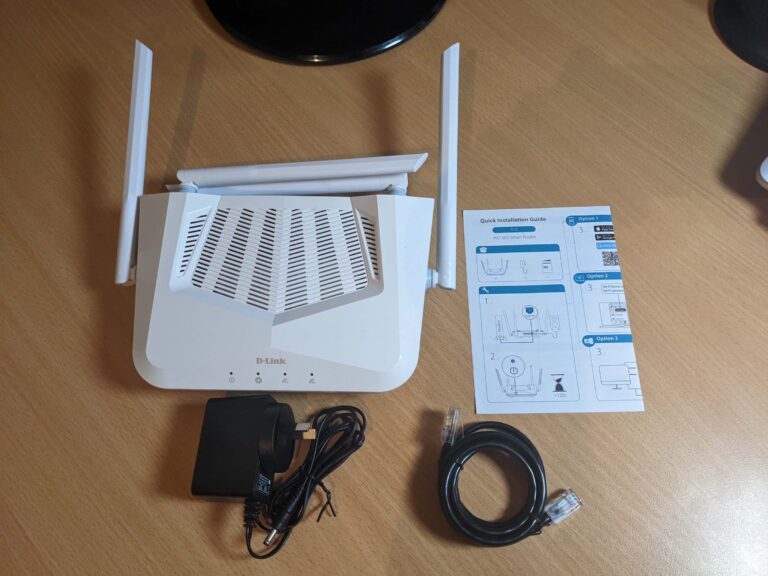
Like the D-Link DIR-5460, the D-Link R15 Eagle Pro AI router is a little too trigger-happy with how quickly it logs you out of a browser. Still, you can use the Eagle Pro AI app for basic tweaks, including parental controls and Quality of Service (QoS) device priority. You can also run a speed test here, and it even has Amazon Alexa and Google Assistant voice controls (not that I know why you’d want to use them for a router).
Tapping on advanced features opens a browser for full settings, but you can access these settings by using the router’s IP address. Here is where you can have a deeper dive into parental controls, firewall settings or port forwarding. There’s also a Quick VPN tab for streamlined remote access.
What’s most impressive, though, is how easily you can expand your network with the D-Link R15. Either buy another R15 router or other extender-compatible products like the D-Link M15, and you can create a WiFi mesh network. Simply open up the Eagle Pro AI app, tap the plus button, then scan the QR code under the compatible D-Link device. You’ll be guided through some straightforward installation steps and will have an extended WiFi network after everything syncs.
Is the D-Link R15 Eagle Pro AI router worth buying?
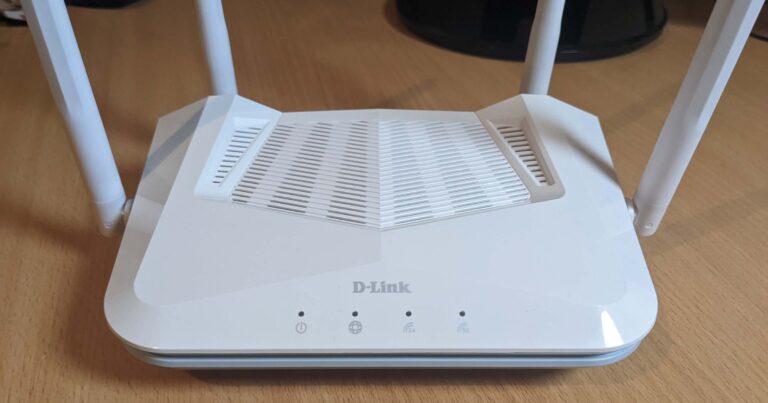
Unless you want a souped-up router for double the price (or more) with a wealth of extended functionality and ultra-low latency, the D-Link R15 Eagle Pro AI router is absolutely worth buying.
Most homes should get by with the three-Ethernet port limitation, and the performance is impressive even through multiple thick walls. The fact the D-Link R15 Eagle Pro AI router has WiFi 6 and is expandable makes it even more appealing, particularly if you get it on sale.
How we review routers
We test our routers in ways that are meaningful to everyday users. That starts with looking at where the price of a router falls in comparison to its peers, relative to the features it offers. Then comes the setup, evaluated in terms of hardware installation and initial configuration to get connected.
We like a router that’s easy to install, simple to configure and one that’s easy to tinker with for users who like to personalise settings inside a router’s operating system. Ultimately, though, a router has to offer a speedy and reliable network—mainly for preserving internet speeds but also for local transfers—which is why we pay close attention to the results of our speed tests.
From there, we test a router as an everyday device. While high-end, future-proofed bells and whistles are great, we like routers that reliably work in the background to make it easy to browse the web, play games, share files locally and, ideally, offer wide-reaching WiFi networks.
D-Link R15 FAQs
Most homes should be satisfied with the pocket-rocket performance of the D-Link R15 Eagle Pro AI router. It’s affordable and speedy, but consider buying a second R15 (or compatible D-Link products) to expand the network if your home has WiFi black spots.
Like computers and laptops, the advice is that any brand of router should be replaced every three to five years.
D-Link routers are great. We’ve reviewed a few D-Link routers in 2022, and they’ve all scored well.
Related Articles





